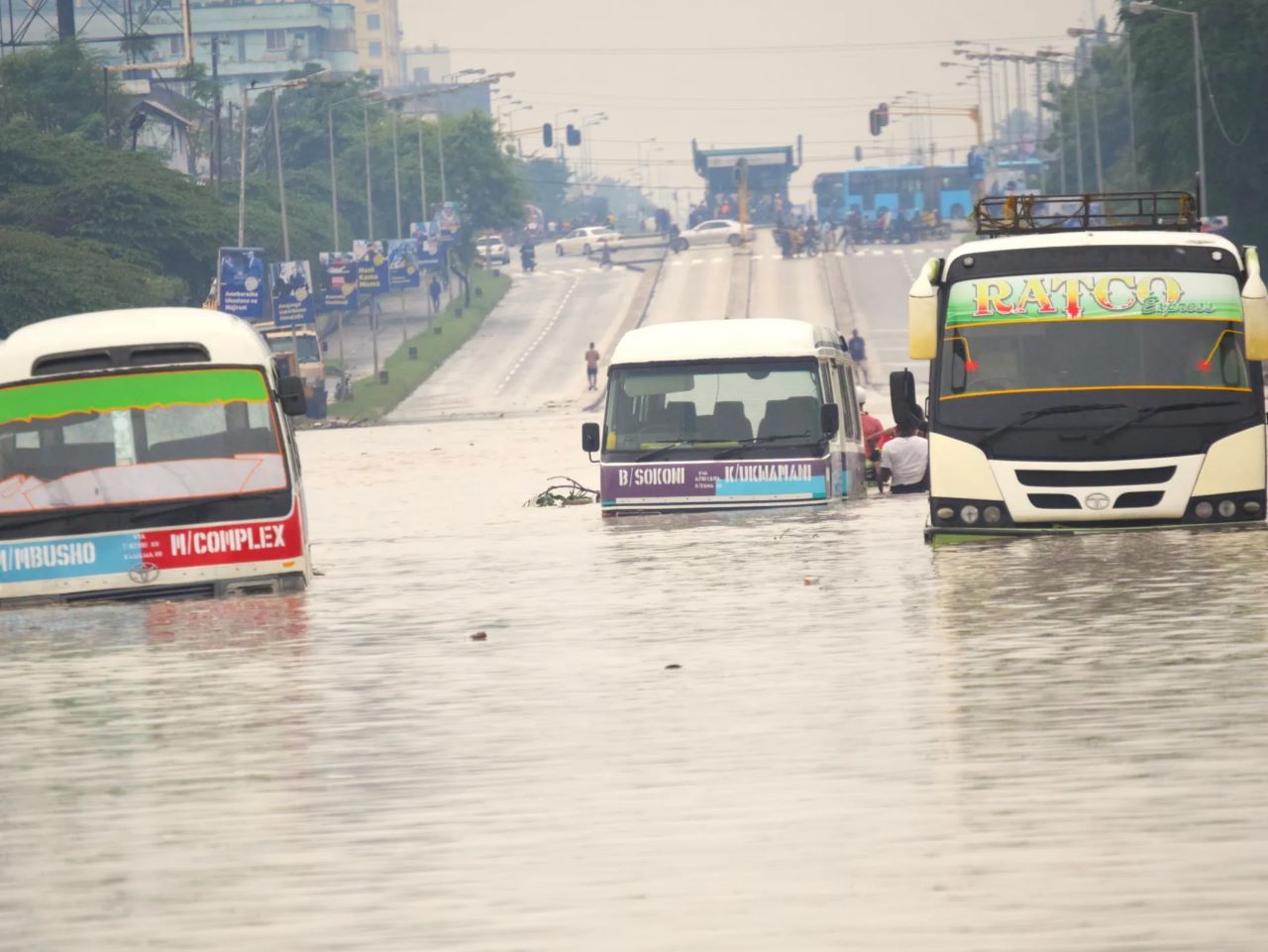Building Tanzania's Climate-Resilient Infrastructure: A Multi-Level Governance Approach
Introduction:
Tanzania, like many other countries, is facing the impacts of climate change on its infrastructure. From roads to buildings, climate variability and extreme weather events pose significant challenges. This article delves into the importance of developing climate-resilient infrastructure in Tanzania, focusing on key policy areas and the need for a multi-level governance approach.
Understanding Climate Change Impacts on Infrastructure:
Climate change exacerbates the vulnerability of infrastructure in Tanzania. Rising temperatures, changing precipitation patterns, and more frequent extreme weather events such as floods and droughts threaten the reliability and longevity of critical infrastructure. Roads, bridges, water supply systems, and energy grids are all at risk.
Policy Areas for Climate-Resilient Infrastructure:
- Planning and Development: Tanzania needs to integrate climate resilience into infrastructure planning and development across its lifecycle. This involves assessing climate risks, incorporating resilient design standards, and implementing nature-based solutions.
- Finance and Investment: Climate risk awareness must become a standard consideration in all financing and investment decisions. Financial instruments and standards that integrate climate adaptation and resilience are crucial for sustainable infrastructure development.
- Nature-Based Solutions: Nature-based solutions offer cost-effective methods to enhance climate resilience. Tanzania can harness the power of nature by restoring ecosystems, such as mangroves and wetlands, to provide natural flood protection and water management.
- International Partnerships: Developing countries like Tanzania require support from international partners to address their specific needs for economic development. Strengthened partnerships and support can facilitate the implementation of climate-resilient infrastructure projects.
The Place-Based Approach: A place-based approach is essential for tailoring climate-resilient infrastructure solutions to local conditions and needs. This approach considers the unique geography, climate risks, and socio-economic factors of different regions in Tanzania.
Multi-Level Governance Approach: To effectively build climate-resilient infrastructure, Tanzania needs a multi-level governance approach. This involves collaboration between national and subnational policymakers, infrastructure owners, and operators. It supports decision-making processes that prioritize resilience and adaptability.
Advocating for Change: This article advocates for national policymakers in Tanzania to adopt a multi-level governance approach to resilience. By working together with infrastructure stakeholders, they can ensure that climate resilience is integrated into all stages of infrastructure development and management.
Building climate-resilient infrastructure in Tanzania is imperative for the country's sustainable development. By focusing on key policy areas, embracing nature-based solutions, and adopting a multi-level governance approach, Tanzania can enhance its infrastructure's resilience to climate change, ensuring a safer and more prosperous future for its citizens.
Building Tanzania's climate-resilient infrastructure requires concerted efforts across multiple levels of governance. By integrating climate resilience into planning, regulation, finance, and implementation processes, Tanzania can mitigate risks, enhance adaptive capacity, and ensure sustainable development for future generations.
- Climate Risk Assessment and Planning:
- Conduct comprehensive climate risk assessments to understand vulnerabilities across different sectors and regions.
- Integrate climate resilience into infrastructure planning and development processes, considering long-term climate projections.
- Develop adaptive strategies that account for uncertainties and changing climate scenarios.
- Strengthening Regulatory Frameworks and Standards:
- Establish and enforce robust regulatory frameworks that mandate climate resilience in infrastructure projects.
- Develop and implement standards for resilient infrastructure design, construction, and maintenance.
- Ensure coordination between national and subnational regulatory bodies to streamline processes and ensure consistency.
- Financing and Investment:
- Mobilize financing mechanisms that prioritize climate-resilient infrastructure projects.
- Encourage public-private partnerships (PPPs) and innovative financing models to leverage resources and expertise.
- Integrate climate risk assessments into investment decision-making processes to ensure long-term sustainability.
- Nature-Based Solutions and Green Infrastructure:
- Promote nature-based solutions such as green roofs, permeable pavements, and natural drainage systems to enhance resilience.
- Restore and conserve ecosystems like mangroves, forests, and wetlands to provide natural buffers against climate impacts.
- Incorporate green infrastructure into urban planning and development to mitigate flood risks and enhance biodiversity.
- Capacity Building and Knowledge Sharing:
- Invest in capacity building programs to enhance technical expertise in climate-resilient infrastructure planning and implementation.
- Facilitate knowledge sharing and exchange of best practices among stakeholders at national, regional, and local levels.
- Empower local communities to participate in decision-making processes and contribute traditional knowledge to adaptation efforts.
- Strengthening International Partnerships:
- Engage with international donors, development agencies, and technical partners to access funding, expertise, and technology transfer.
- Foster collaboration on research, innovation, and pilot projects to address specific climate challenges in Tanzania.
- Advocate for climate finance mechanisms that prioritize the needs of developing countries and support their transition to low-carbon, climate-resilient infrastructure.
- Monitoring, Evaluation, and Learning:
- Establish monitoring and evaluation systems to track the effectiveness of climate-resilient infrastructure interventions.
- Learn from successes and failures to continuously improve policies, practices, and investments.
- Adapt strategies in response to evolving climate risks and changing socio-economic conditions.
